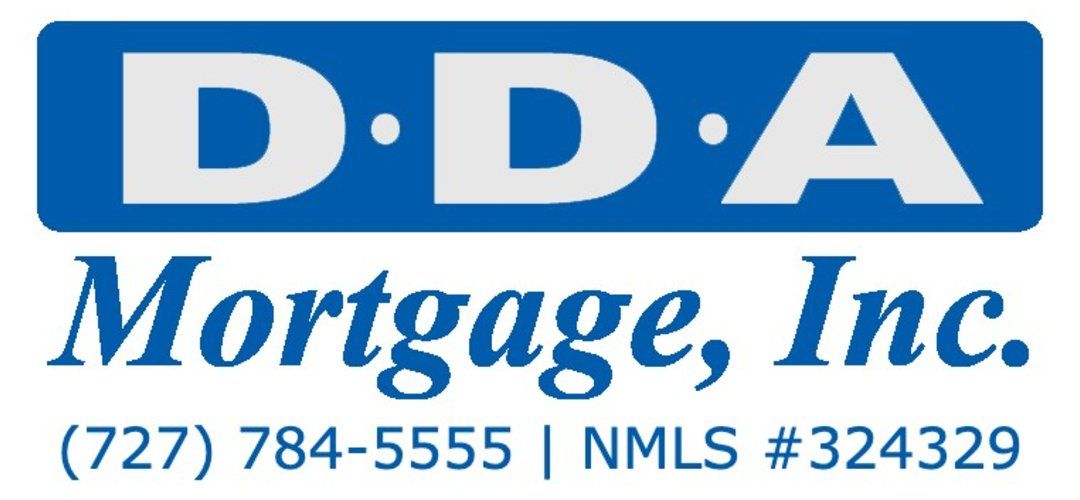Will hybrid appraisals become the new normal? The FHFA requests input on GSE appraisal modernization efforts and how they could impact risk
Will hybrid appraisals become the new normal?
The FHFA requests input on GSE appraisal modernization efforts and how they could impact risk
The Federal Housing Finance Agency (FHFA) announced Monday it is requesting input on the appraisal policies, practices and processes of Fannie Mae and Freddie Mac, especially as it relates to the GSEs’ appraisal modernization efforts.
The Request for Input (RFI) – open to comment until Feb. 26, 2021 – highlights specifically the benefits and pitfalls of hybrid appraisals, updating the Uniform Appraisal Dataset (UAD) and an increased use of appraisal waivers.
According to FHFA director Mark Calabria, modernizing the appraisal process has the potential to create a more “streamlined and accurate collateral valuation process.” However, if incorrectly adopted, Calabria said it could result in unintended consequences.
“Today’s RFI will improve FHFA’s understanding of how the Enterprises can improve the appraisal process while at the same time ensuring they don’t take on unintended or inappropriate levels of risk,” Calabria said. “The comments we receive will inform how we will modernize appraisals to improve both loan quality and the origination process.”
At the onset of the pandemic in March, the FHFA began easing standards on property appraisals that allowed drive-by and desktop valuations in certain circumstances.
Low mortgage rates fuel the demand for valuation and settlement services
VRM Mortgage Services CEO shares how the company is navigating a difficult year, and how its services are impacted by the different national, state and local directives on foreclosure.
Presented by: VRM Mortgage Services
Now, the FHFA is considering implementing hybrid, or bifurcated, appraisals that enlist a third-party – typically an appraiser trainee, home inspector or real estate agent – to collect the data for a lender and certified appraiser once past the automated underwriting system.
According to the FHFA, hybrid appraisals would increase coverage for rural markets and high-volume areas where time becomes a greater issue. In August, several lenders voiced concern over the appraisal industry’s finite number of appraisers and underwriters as well as appraisal quotes taking anywhere from 10 to 27 days to hit the lender’s desk.
Though hybrid appraisals are expedited and typically cheaper, adding a layer of third-party involvement could complicate things because a uniform set of standards does not currently exist at both the state and federal levels that hold non-appraisers accountable for their appraisals, the FHFA said.
Alongside its easing of appraisal standards, the FHFA encouraged lenders to accept appraisal waivers when eligible. As a result, the Urban Institute reported a 14% increase overall in appraisal waivers, which contributed to an increase in refinance activity.
The FHFA suggests in its RFI that increased use of appraisal waivers could help lenders shave time off the loan manufacturing process, but waivers can also increase the risk of higher-than-expected prepayment speeds on mortgage securities, inaccuracies of input data and potential gaming by lenders.
The FHFA is also requesting comment on further updating the UAD, a process that began in 2018 in an effort to redesign its appraisal reports so they would be streamlined to other Enterprise data forms.
The redesign would also update the MISMO reference model that sets standards for the GSEs’ Uniform Loan Application Dataset (ULAD), and its Uniform Closing Dataset (UCD). Combined with the UAD redesign, the FHFA would establish blanketed standards for appraisals on all property types.
Racial disparities in appraisals were also on the table for the FHFA as it requested comment on the extent to which value determinations had potentially harmed minority borrowers.
A 2018 study by University of Pittsburgh professors found in appraiser interviews that some take racial and ethnic composition of the neighborhood into consideration when selecting comparable homes, though it is against Uniform Standards of Professional Appraisal Practice.
Bias in appraisal especially came to light in August after an interracial couple described their discriminatory experience in the New York Times. In October, a coalition of appraisal organizations announced a concerted effort to combat appraisal bias.
Start Your Loan
with DDA todayYour local Mortgage Broker
Mortgage Broker Largo See our Reviews
Looking for more details? Listen to our extended podcast!
Check out our other helpful videos to learn more about credit and residential mortgages.





